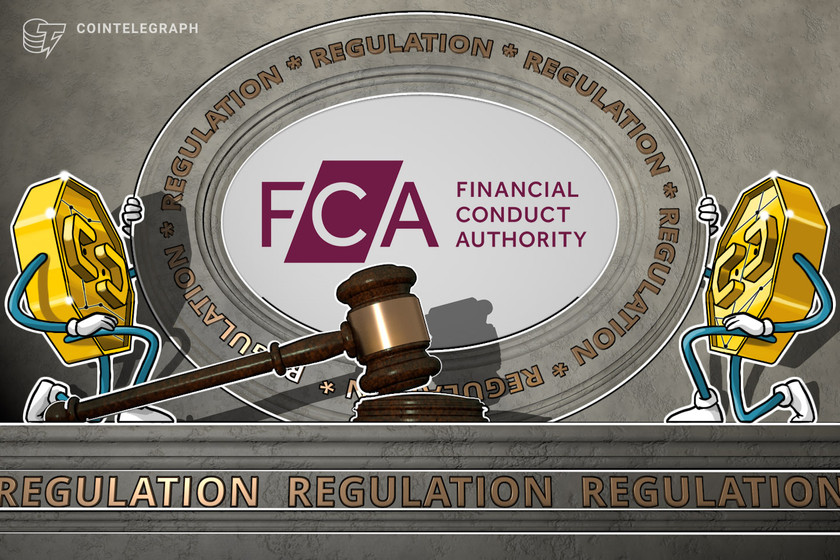US SEC issues no-action letter on compressed digital asset settlement process
The U.S. Securities and Exchange Commission (SEC) took a major step toward streamlining digital asset securities settlement by compressing the previous four-step process into three in a bid to reduce operational risk for broker-dealers.
The SEC issued a no-action letter on Sept. 25, stating it will not penalize any broker-dealer operating an alternative trading system (ATS) that trades digital asset securities — if they adhere to the new guidelines.
According to the regulator, several ATS want to follow a streamlined model in cases where there is no custody over the assets traded. Most ATS follow a four-step process: first, the buyer and seller send orders to the ATS, second, the ATS matches the orders, third, the ATS notifies the buyer and seller about the matched trade, and lastly, the transaction is settled bilaterally, either with each other or through their custodians.
But the Financial Industry Regulatory Authority (FINRA) requested more clarity on this process in cases in which the broker-dealer may not take physical custody of the asset.
Some broker-dealers felt this four-step model exposed them to too much risk. The ATSs requested that they be allowed to streamline the process. According to the no-action letter, this process would involve:
Step 1 – the buyer and seller send their respective orders to the ATS, notify their respective custodians of their respective orders submitted to the ATS, and instruct their respective custodians to settle transactions in accordance with the terms of their orders when the ATS notifies the custodians of a match on the ATS;
Step 2 – the ATS matches the orders;
Step 3 – the ATS notifies the buyer and seller and their respective custodians of the matched trade and the custodians carry out the conditional instructions.
Broker-dealers, under paragraph (b) of Rule 15c3-3 of the SEC (the Customer Protection Rule) are required to “obtain and maintain physical possession or control of all fully paid or excess margin securities carried by a broker-dealer for the account of customers.” The rule protects customers from losses or delays in accessing their security in case the ATS fails. But this becomes difficult when dealing with digital assets.
The SEC said that broker-dealers that choose the streamlined model would not face any enforcement action in connection with the Customer Protection Rule. The letter notes that broker-dealers seeking to implement this process have addressed concerns over their custodial role by noting that they operate with a minimum of $250,000 in capital, and that they clearly inform their customers that the broker-dealer operator cannot guarantee or take responsibility for settling trades. They have also explained that they ensure they have procedures to assess security tokens’ registration with the SEC and that the assets comply with federal law.
The regulator, however, made it clear that the no-action letter “solely addresses an ATS trading digital asset securities under the circumstances set forth in this letter and does not otherwise address broker-dealer custody or control of digital asset securities.”
Although the letter expresses the SEC’s staff opinion on enforcement, and is not a legal determination, it is nevertheless one more indication that regulatory oversight of virtual assets is becoming more refined and nuanced.
The SEC has been more focused on regulating digital assets in the past few years and throughout the tenure of chairman Jay Clayton.









